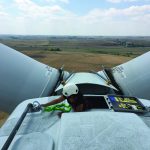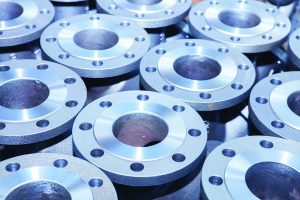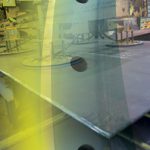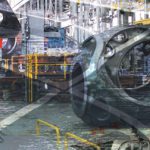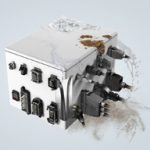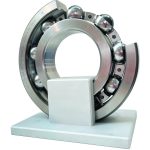When it comes to quality tools, the proof can be found in Stahlwille’s name.
Almost all of Stahlwille’s tools are made in Germany, and those German-made tools have been serving many industries, including wind, for decades.
“We have been really active in the wind business already since the mid ’80s in Denmark,” said Frank Hansen, managing director at Stahlwille Tools LLC. “Stahlwille is used widely in almost all OEMs, and it’s also because of the unique technology of our torque wrenches. Nobody else makes them like we do. That’s why we have been very successful, especially in the wind industry and the energy business with our torque products. We do sell everything else as well; it’s just the torque products that usually get our foot in the door with new customers.”
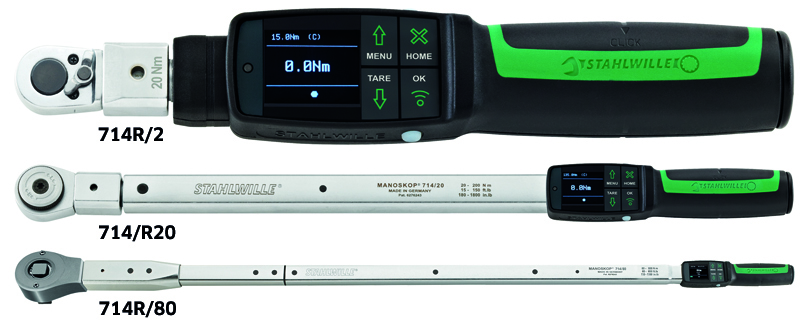
And that tool selection comes in a variety of products, including torque wrenches, torque testers, calibration equipment, socket sets, spanners, screwdrivers, high-voltage tools, and more, according to Hansen.
“It’s pretty well whatever they need in hand tools,” he said. “Pretty much the whole pallet of hand tools.”
Made in Germany
And those tools are the best quality at competitive prices, according to Hansen.
“We do make almost everything in Germany, so we cannot sell cheap,” he said. “It’s just impossible due to the cost of production in Germany. But we are in complete control of our production process. We start with our own foundry all the way to finishing the product. Hardly anything is outsourced.”
Stahlwille sets itself apart by simply offering good service, according to Hansen.
“A lot of our customers complain about some of the bigger competitors that there’s no service after they sell something,” he said. “We usually try to listen to the customers and also come up with custom solutions when it comes to tool kits or tool packaging. I’ve been personally working in the wind industry for 16 years for Vestas, so I have a decent background in knowing what’s needed out there. I’ve been a technician, myself, and in the last four years with Vestas I’ve been tool manager in China buying a lot of tools. And we try to use that to make customers’ lives a little bit easier. If he has a problem that needs to be solved with a certain kind of tool, then we try to give him a solution. And even if it’s not Stahlwille, if we don’t have it, we still try to help.”
Another aspect of Stahlwille’s tools that are unique is their weight — or lack of it, according to Hansen.
“Our products are usually lighter than anybody else’s due to thinner walls and different designs, even with the same or higher load limits,” he said. “We use different materials, and our production process is more complicated than most of our competitors. It takes much longer for us to make a tool. Especially for wind, that’s important. If you have a large wrench, like a two-inch or above, we’re talking about a pound less. And that makes a difference if you have to drag it up tower. And I’ve had to do it many times myself when I was a technician with Vestas.”

Industry 4.0
End users are often praising Stahlwille’s tools, and Hansen said customers should only see more advantages from the company’s tools with Industry 4.0.
“With Industry 4.0, we’re just starting to promote that in the U.S.,” he said. “And we have tremendous feedback on that. We already have demand that I won’t be able to even fulfill immediately. I was totally surprised by that.”
That demand comes from Stahlwille’s wireless torque wrenches.
“We now have wireless torque wrenches with open protocol that can talk to almost any software that they use in the factories already,” Hansen said. “And a unique thing that we have that nobody else can offer is an electronic torque wrench range, which still offers you a mechanical ‘click.’ It looks and acts like a mechanical torque wrench, but it’s actually electronic with an electronic display. So now users that are using mechanical torque wrenches want to switch to an electronic torque wrench. With other companies, those wrenches don’t offer a mechanical feel. They don’t click, and they also don’t trigger. They vibrate or beep.”
Hansen added, because of that, some users have a difficult time getting used to the electronic wrenches.
“A lot of times when users use those electronic torque wrenches, they over torque,” he said. “Because they’re always pulling and waiting for the click. It’s hard for a lot of people to adjust to it, especially if you have a noisy production environment. So, when it comes to the wireless version, we really have a high demand for a product that’s not officially released yet. We’re making it, but it’s challenging for us to make it in the numbers that people are asking for.”
The new wireless electronic torque wrench is based on a model that Stahlwille already has been making for five years, but it’s adding the wireless feature and the open protocol.
Hansen sees the wireless torque wrench being used mainly in production.
“I know in production we have been selling the regular version, which has to be hooked up to download the data,” he said. “But I see them as customers for the wireless version because they also want immediate feedback when they do things, and they can check on the work.”
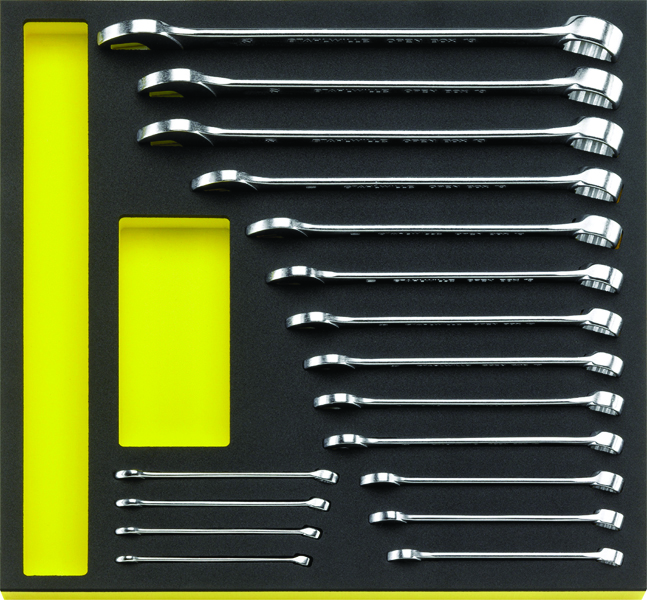
Offshore challenges
As the offshore wind industry moves forward, Hansen said he expects it to bring on its own set of challenges, particularly when it comes to the environments the turbines must inhabit.
“I’ve been actually dealing with one customer in Germany who is doing offshore with our tools,” he said. “That’s pretty challenging for any tool. With the salt water, a tool won’t last as long offshore as they will onshore. Onshore, sometimes they drop them or they get run over with a truck, which is not good for the torque wrench, either. But basically, with offshore it doesn’t matter if it hits the water or not; it’s still going to rust.”
Even though no tool can withstand the harsh salt air associated with offshore turbines, Hansen said he has a U.S. customer who switched to Stahlwille tools because of their comparative longevity. Stahlwille’s tools last more than twice as long.
“He used to throw away his torque wrenches about every eight weeks because they worked in a very bad environment with high moisture,” he said. “And I just got the wrench back — the one from us — and it looks rusty, but it’s still working. So, it’s going to be cheaper to buy ours and have them working for four or five months than to have to throw theirs away every two months.”
Stahl is for steel
Ever since Eduard Wille started Stahlwille in 1862, steel has been the name of the game. It’s even in the company name. “Stahl” is German for steel. That’s where its quality products originate.
And as it’s grown, the company has opened subsidiaries all over Europe, in China and, most recently, in the U.S.
“As of 2015, we established a subsidiary here in the U.S. in Wisconsin,” Hansen said. “The main reason for establishing a subsidiary that far away out of Europe is basically the products get more and more technical. So, you need the support on the continent at least. You can’t expect the customers to deal with Germany all the time, or deal with a six- or nine-hour time difference to have to call somebody in Germany.”
And as Stahlwille enters the future, Hansen said he sees the tool business to continue to be a challenge, but he ultimately thinks Stahlwille will prevail with its quality products.




















